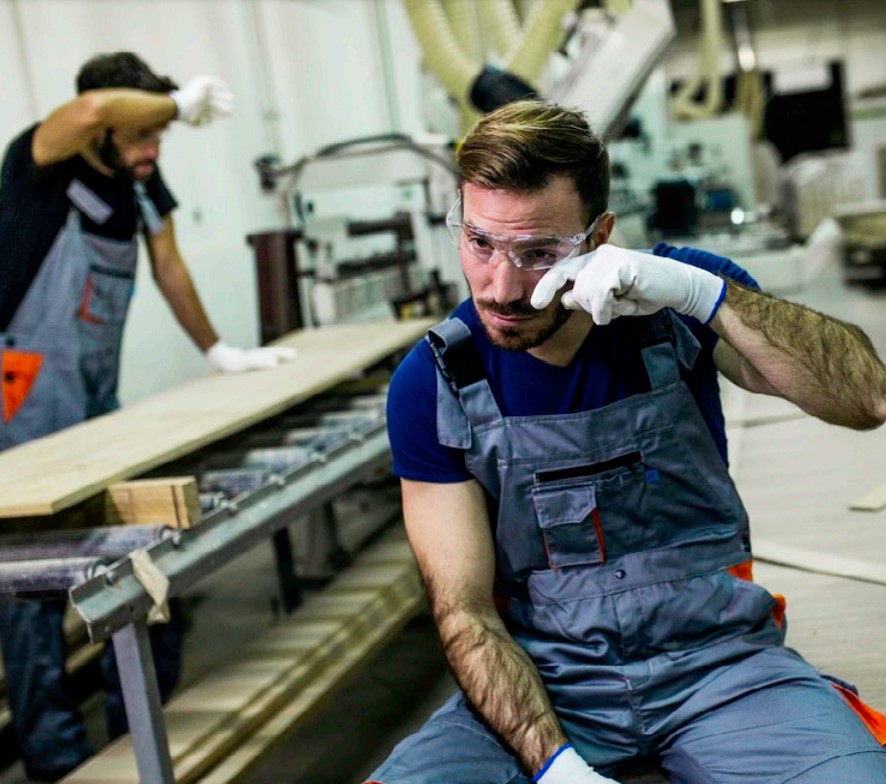July 2023 – Cal/OSHA Rule-Making – Indoor Heat Illness Prevention Standard on Tap

Cal OSHA has proposed its long-awaited indoor heat illness prevention standard as increasingly hot summers are affecting workers in indoor spaces like warehouses, production operations,
restaurants and more.
The proposed standard, largely based on the state agency’s outdoor regulations, will require employers whose workplaces at times are at least 82 degrees to have a written Indoor Heat Illness Prevention Plan.
The standard, once it takes effect, will affect employers throughout the state and many will have to take steps and invest in equipment and planning to ensure compliance. The preventative measure to which most employers will likely resort is air-conditioning.
The Standards Board wrote in its proposal, according to the Cal-OSHA Reporter trade publication: “There is likely to be a particular need to reduce temperatures in large warehouses, manufacturing and production facilities, greenhouses, and wholesale and retail distribution centers.”
Other facilities that would likely also need to install HVAC units include restaurant kitchens and dry cleaners. They may also need to improve air circulation in their operations.
Under the proposal, the following regulations apply to a workplace where the indoor temperature exceeds 82 degrees.
Access to drinking water
Employers are required to provide access to potable water that is fresh, suitably cool, and free of charge.
It must be located as close as practicable to the work area, as well as indoor cool-down areas where employees can rest. If an employer doesn’t provide water continuously, it will be required to provide at least one quart per hour per employee per shift.
Employers should encourage frequent water consumption.
Access to cool-down areas
Employers must provide at least one cool-down area during shifts, and grant a cool-down break to staff who ask for one.
Workers taking cool-down breaks shall be monitored and asked to stay in the area if they are experiencing heat illness symptoms. As long as symptoms persist, they may not be ordered back to the work they were doing.
Control measures
Employers can implement a number of measures to protect their workers:
Engineering controls – This can include barriers between heat sources and employees, isolating hot processes from workers, air-conditioning, cooling fans, mist fans, swamp coolers, ventilation, etc.
Administrative controls – This can include limiting exposure by adjusting work procedures, practices, or schedules (working during cooler periods, using work/rest schedules, or reducing the speed of work).
Personal heat-protective equipment – This could include water- and air-cooled garments, cooling vests, and more.
Emergency response procedures
Employers will need to develop and have in place emergency response procedures that workers and supervisors can follow in case they are experiencing heat illness.
Acclimation steps
Employees should be closely observed during heat waves, and new workers must be closely observed during their first 14 days of work to ensure they are acclimating.
Training
Employees and supervisors will need to be trained on:
- Personal risk factors for heat illness.
- Their employer’s procedures for complying with the regulation.
- The importance of frequent water consumption.
- The importance of acclimation.
- Signs and symptoms of heat illness, and first aid or emergency response procedures.

